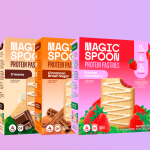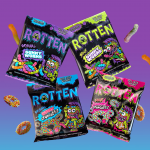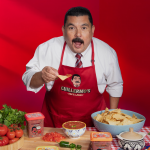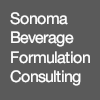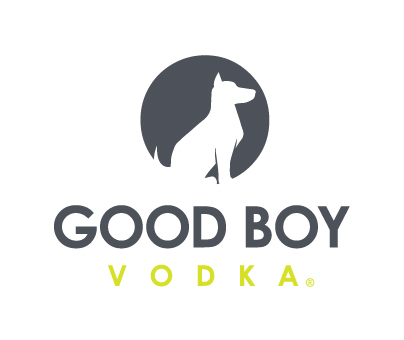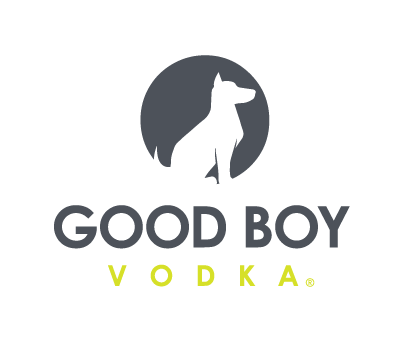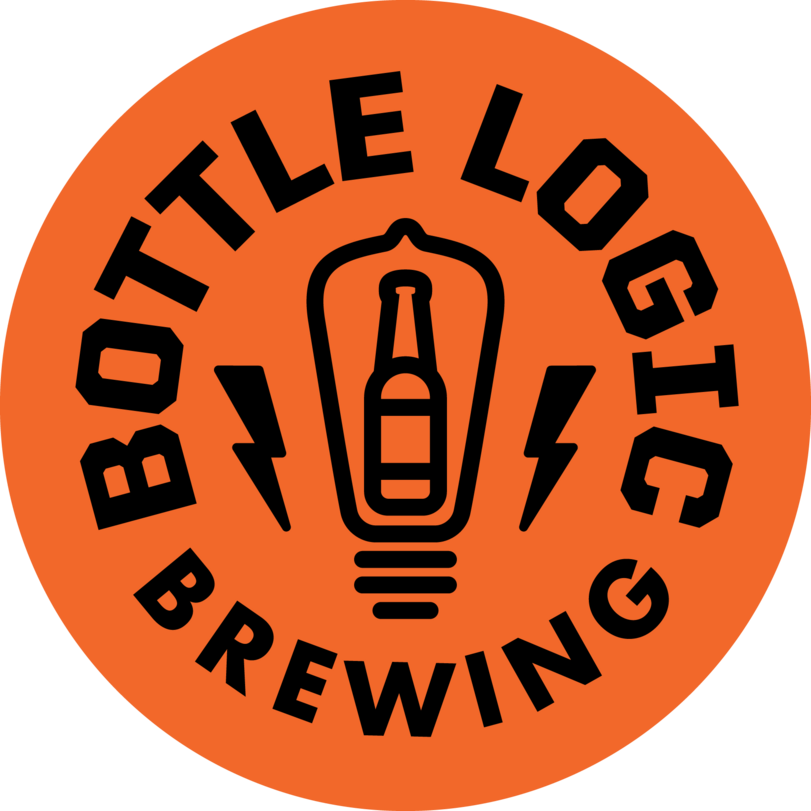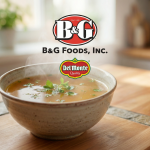How Wellfare’s Better Box Aims To Take On Food Insecurity With Center Store Items

One in eight Americans are food insecure yet CPG companies still contribute to the 108 billion pounds of food waste generated across the country each year, according to the USDA. These soon-to-expire snacks, surplus single-serve beverages and excess energy bars are the types of products that are now being donated to food insecure families through nonprofit organization Wellfare’s Better Box.
The program currently distributes boxes of better-for-you, shelf stable grocery items to two New York City neighborhoods, East Harlem and Bushwick, each month at no cost to its nearly 800 recipient families. Wellfare’s goal is to reach 5,000 families by year’s end and believes rapid growth on the brand donation side can provide the fuel to support that vision. Over the past six months, the nonprofit has secured dozens of CPG donation partners including Verb Energy, Mmmly, From the Ground Up, tbh, BodyArmor and GoodSam, among others.
With a surplus of products in its pipeline, Wellfare is also looking to establish its own warehouse and expand its services and capabilities beyond the box, according to founder and CEO Cole Riley, who sees Better Box as the foundational first step of the company’s mission.
“We’re trying to build something here that’s more efficient, that’s more impactful, that gets better food from brands that are struggling to find social impact partners, and get those goods into families hands efficiently,” Riley stated.
Riley began building the platform under FoundersGive, a program that distributed over 2 million products donated from nearly 300 brands to support doctors, administrative staff and patients in 51 NYC-area hospitals during the early months of the pandemic. After about 10 weeks, as the need for FoundersGive began to dwindle, he took a step back to reexamine the model and decided to shift its focus to food insecurity, creating Wellfare in August 2020.
The platform is designed to be flexible for brands, allowing them to meet their social impact goals without affecting the growth of their business. Donation partners can contribute market-ready, liquidated or excess products monthly, quarterly, or by the pallet as they can. Brands can also support the organization by encouraging their employees to volunteer and help pack and distribute Better Boxes.
Every month when boxes are picked up, Riley said, Wellfare receives feedback on the items from the previous month’s box, and that direct relationship with its families has helped inform its partnership strategy. Brands like RIND and Chomps have been mainstays, and products like protein powder and green juice mixes, which Riley claimed aren’t allowed to be distributed in food pantries, garnered significant praise from recipients.
“What’s unique is we own the entire process,” he explained. “From these one-on-one relationships with the brand for product donations, to packing boxes in our warehouse, delivering through our distribution pop-up outposts in the communities we serve and distributing to families that we sign up – we have that feedback loop on and can ask [recipients] what they liked and what they didn’t.”
While food banks may also offer similar programs, Riley says Welfare differs in that it focuses on lower-sugar, lower-sodium and lower-fat convenience oriented offerings. He said the majority of Wellfare’s consumers only have access to conventional, convenience-oriented foods via retailers like low-cost grocers and bodegas, noting that the non-profit group Feeding America prioritizes things like produce, grains, dairy and protein.
“It’s the irony of this whole [broader] food nonprofit approach,” he said. “This is a customer base that is working two jobs, that’s on the move, that’s stretched for time and what food nonprofits focus on are strictly meals and produce. They do not look at the more convenient nutrition options that we see pumping into Whole Foods. Why can’t that type of convenient nutrition be afforded to families that need it more than anybody?”
While acknowledging that the organization is still in its infant stages, Riley said he believes it serves as a “great complement” to food banks and pantries. But a free snack box delivery service is not necessarily self-sustaining nor exceptionally scalable. Adding more services and increasing warehouse capacity are two aspects of a broader approach that Riley believes is needed to help Wellfare achieve widespread impact and bring it closer to its long-term goal of opening a physical grocery store to serve neighborhoods in need.
“The food insecurity killer is becoming a grocery store in these neighborhoods and selling products like these at affordable prices, at multiple price points for different customers based on their purchasing power,” explained Riley. “I know we can deliver a solution to this problem, while also opening up a whole new customer base to the natural food industry, [one] they just cannot reach at their price points.”
According to the USDA, approximately 53.6 million people, or 17.4% of the U.S. population live in both low-income and food desert zones meaning they are more than a half a mile from the nearest grocery store. While Feeding America has launched similar grocery box delivery programs in select regions, the organization has not narrowed its focus on better-for-you food items.
Tech companies like FlashFood have also taken aim at food insecurity and reducing food waste, but through an in-store approach. Users can download the FlashFood app to access discounted, soon to expire food from retailers local to them. A local Bronx-area Stop & Shop recently debuted a FlashFood marketplace in store offering items for up to 50% off their retail price.

